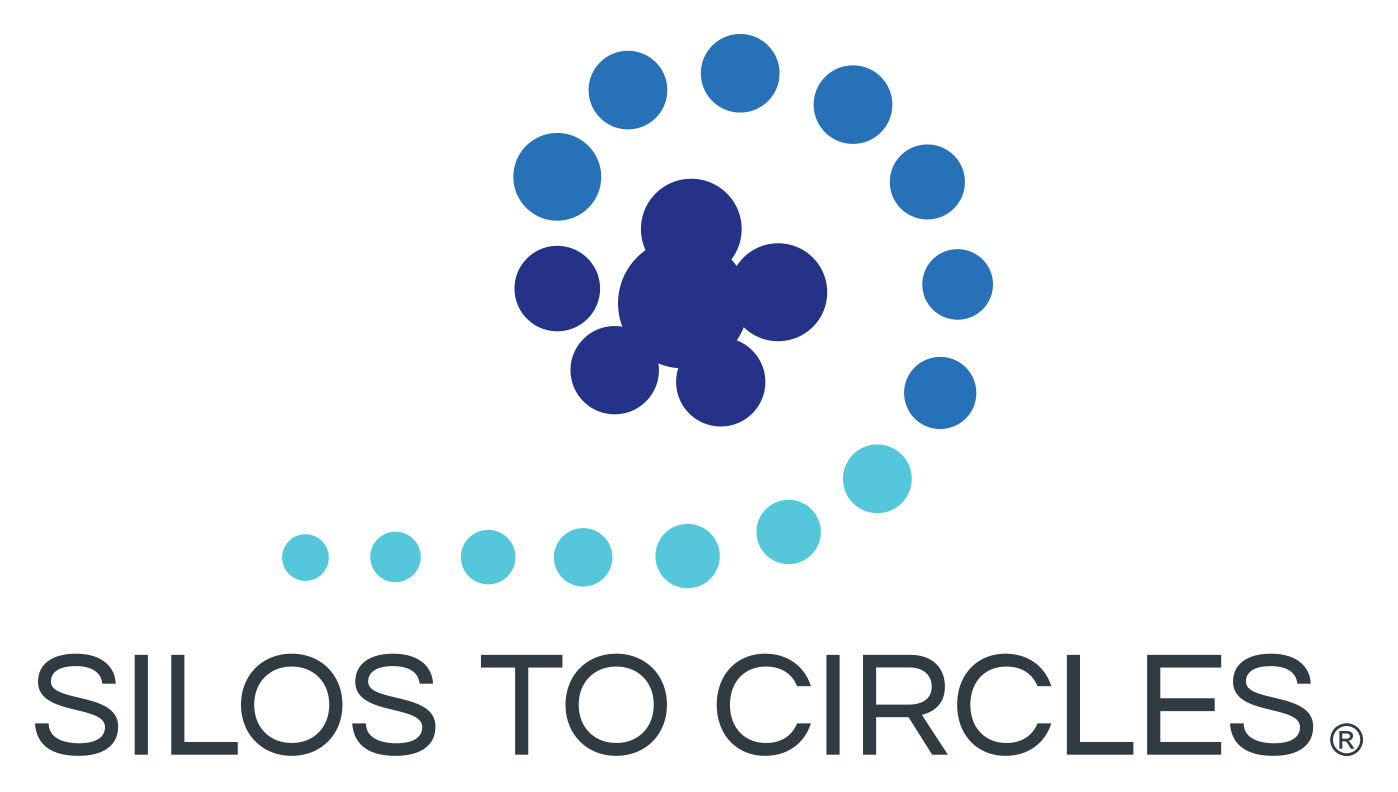Convene Local Partners
The Age Well Initiative is successful to the extent that it is a community effort. This relies on an engaged coalition of local partners, who are deeply committed to building a rural community that more strongly supports older adults and their families.
Getting from a small group of interested leaders to a broad-reaching local coalition takes collaboration, leadership, and ongoing attention.
Convene Action Step 1: Create a broad coalition
For your kick-off meeting, invite people across sectors including senior care, healthcare, community education, city & county departments, faith communities, media, and senior groups.
Tools:
Example of a Coalition Member List (click to download)
What We’ve Learned:
- Once you’ve identified a potential list, make personal connections for buy-in and to explain the benefits to collaborating.
- Ask each potential partner to identify another person to invite or to bring with them to your first meeting.
- Find a high profile, local champion, e.g., a mayor, prominent business person, senior care leader, well-known senior community member.
- Consider placing an open invitation in local media to attract attention and start to raise community awareness about your initiative.
- Identify a strong “backbone” organization. This is critical to the success of this type of effort. The lead organization should have convening ability, excellent connections to other community organizations, and a commitment to work through start-up barriers with creativity and persistence.
- The initial invite should be to a broad-based aging network, including the faith community, businesses, medical providers, local government, community ed, etc.
Convene Action Step 2: Identify a Local Collaborative Strategy
As a group, work together to assess your community’s landscape. With a view of local assets and gaps, design a local solution that connects, builds on, and strengthens what you have in place.
Tools:
- Assessing Community Needs and Resources from the Community Toolbox
- Coalition Kickoff Agenda/ Output
- Example project initiative work plan
What We’ve Learned:
- Know the “why” this work needs to be done and continually articulate this with your group.
- Provide meaningful connectivity among local formal and informal service providers
- Make it easier for older adults and their families to connect with services, resources, and events that exist in their community to support them.
- Identify local assets and gaps. As a group, plot these visually on the wall. This allows you to truly see the local landscape.
- Recognize what is already working in your community. Don’t reinvent the wheel!
- Have a neutral facilitator – it signals that the project is truly owned by the community and not by any one organization.
- Seek a host organization with a history of deep collaboration, trust, and close partnerships in the community.
Convene Action Step 3: Get Community Feedback
Test your ideas with community surveys, interviews, and/or conversations that include older adults and their families.
Tools:
Example Survey, Caregiver/Supporter
What We’ve Learned:
- Use the surveys above to talk to both older adults and those who surround and support them (partners, adult children, faith communities, and more!)
- Input does not need to be a formal research process. Whatever you do, find a way to get out in your community to hear broad perspectives on what people need and what they care most about.
- Look for other sources of information about gaps in seniors services in your area.
- Focus groups with existing seniors groups in your area can be a great way to get exposure for your initiative and get feedback.
Convene Action Step 4: Build a Shared Leadership Structure
Create a steering committee to lead the larger coalition and to build in sustainability from the start.
Tools:
Project Coordinator Job Description
Grant and Financial Guidance from the Community Toolbox
What We’ve Learned:
- Your lead organization should be:
- a trusted leader in your local aging services community
- known for community collaboration and partnership
- willing to commit some staff resources to project management, convening, and possibly facilitation
- Maintain a committed group of shared leaders. This is a steering committee for decision making, creating initiative work plans, and overseeing project elements. Steering Committees often include 3-5 leading partners across your local agencies. Likely examples might include older adult housing providers, aging services providers, and Area Agencies on Aging.
- Dedicate a strong project manager. Expect a commitment a minimum of 10 hours per week and up to 0.25 FTE.
- Convene an ongoing provider coalition. Assign work groups to focus on specific issues, e.g. community education, community partnerships, sustainability, marketing and communications
- Create a work plan based and assign tasks to work groups or committees.
- Prepare a budget with expenses necessary to complete work.
- Consider funding options including donations from local organizations and grants from government programs or private foundations.




